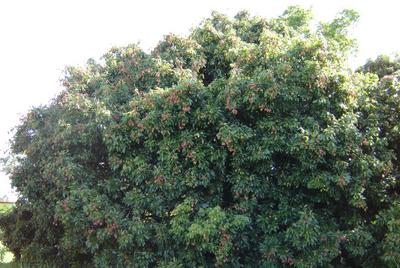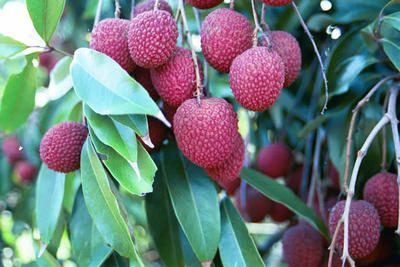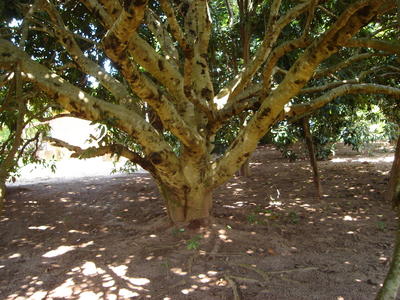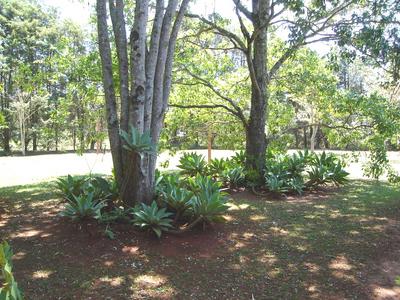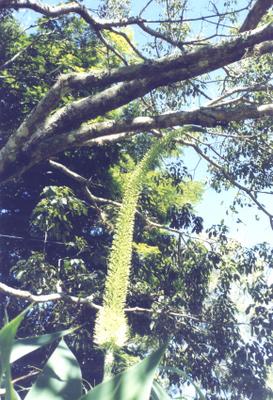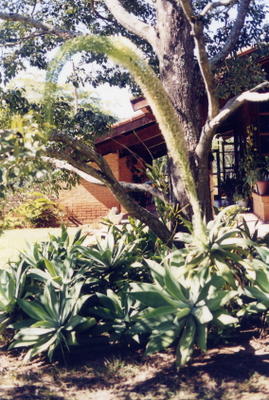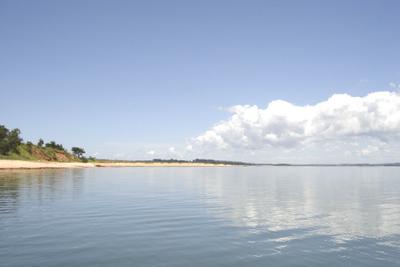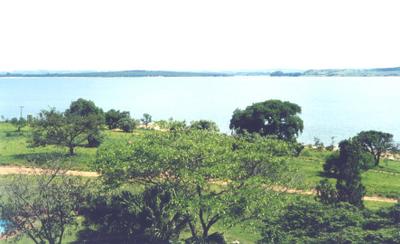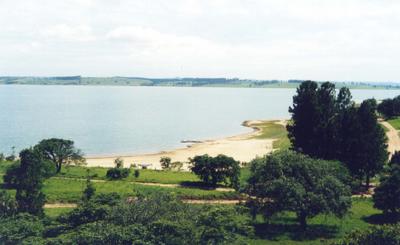“The Pitanga tree forms a large shrub or a small tree approximately 20 feet in height. The small, opposite, ovate-lanceolate leaves are glossy green, but immature leaves have a coppery color that adds to the ornamental value of this plant. The Pitanga tree makes an excellent hedge, flowering and fruiting even when severely pruned."
"The fruits are about 1 inch in diameter (2.5 cm), although plants bearing fruits nearly 2 inches in diameter have been reported. The mature fruit range from light to dark red. The juicy sweet-acid pulp encloses 1, or sometimes 2, fairly large seeds. Pitanga is probably the best of the edible eugenias and is an excellent fresh fruit. The pulp is a good source of calcium, and a fair source of phosphorus and iron.”
 Photos by Sonia de Amorim Mascaro
Photos by Sonia de Amorim Mascaro
The Pitanga, which are now grown in the U.S., are slightly acid and are eaten fresh, out-of-hand and also can be used to make pies, jellies and jams.
Propagation: It is usually propagated by seeds, cuttings are reportedly easy, and cleft grafts also have been used successfully.
Another specie of Pitanga is the Savannah Pitanga (Eugenia calycina ), also native to drier savannah and scrub land regions of Brazil.
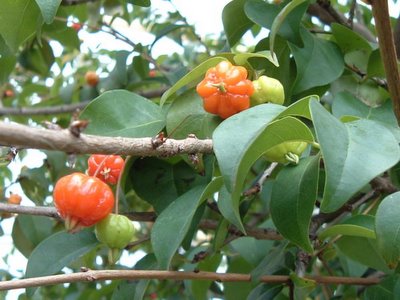
Photo by www.wikipedia.com








